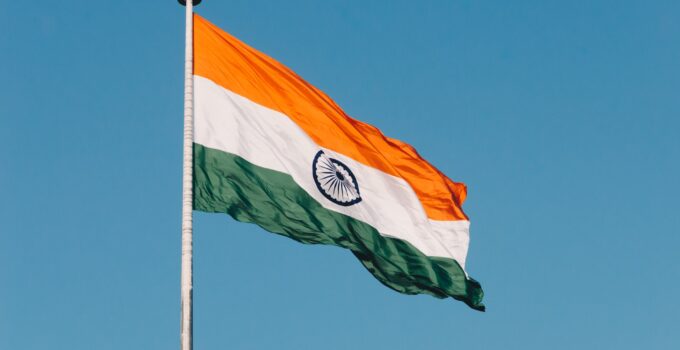Today, cricket is the most beloved and revered sport in India. However, the question often arises of “How did the game reach Indian shores?” In this article, we are going to go, briefly, through the history of the sport discussing how it came to be, how it was brought to India, and how it became the massive success that it is today.
The Origins of the Game
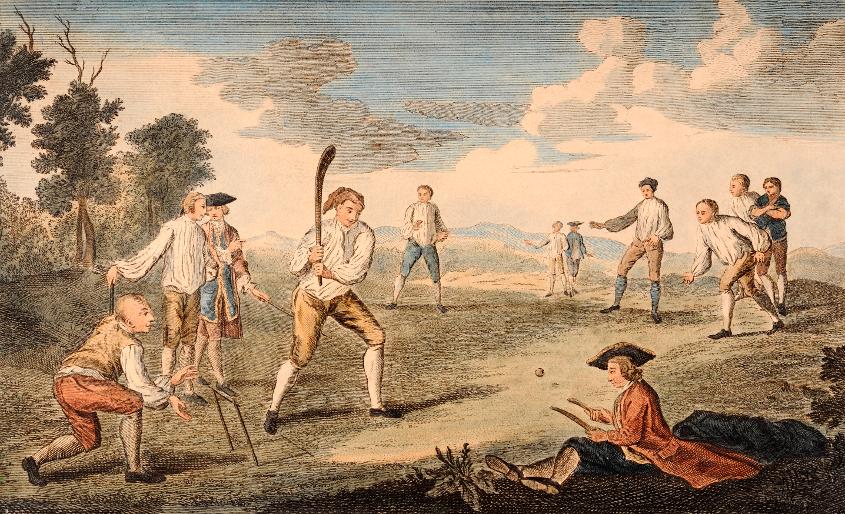
Source: icc-cricket.com
The game’s origins can be traced back to England. During the 1400s, children began playing a new game named after the Dutch word for stick. Over the years, the game’s name came to be “cricket”. The game involved batting leather balls away with a large, flat stick. At its earliest stages, it was only a game for children, and the rules did not develop until half a century or so later.
It was in the 16th century that we get the first recorded instance that points to adults playing the game. Unfortunately, it is not a very positive one. The recording comes from arrest records, which suggest that two men were arrested and punished for skipping church on a Sunday morning. In the records, it is stated that the two men played cricket in lieu of attending Sunday mass.
In the following years, cricket became a hugely popular game in the country. Regional games were played weekly among the peasantry. In the 17th century, what could be called professional cricket got its start. Local lords would sponsor teams and even bet among each other on the outcomes. These are the first recorded instances we have of wagers being placed on cricket matches.
Today, of course, cricket betting is hugely popular. There is no online sports website that does not cover cricket. An example is Sportsbet.io, which covers match bets, in-play bets, and pretty much any other kind of bet you can come up with. Cricket betting is also hugely popular in India. So, now that we have traced the history of the game’s origins, let us finally answer the question of, how the sport came to India.
Cricket’s History in India
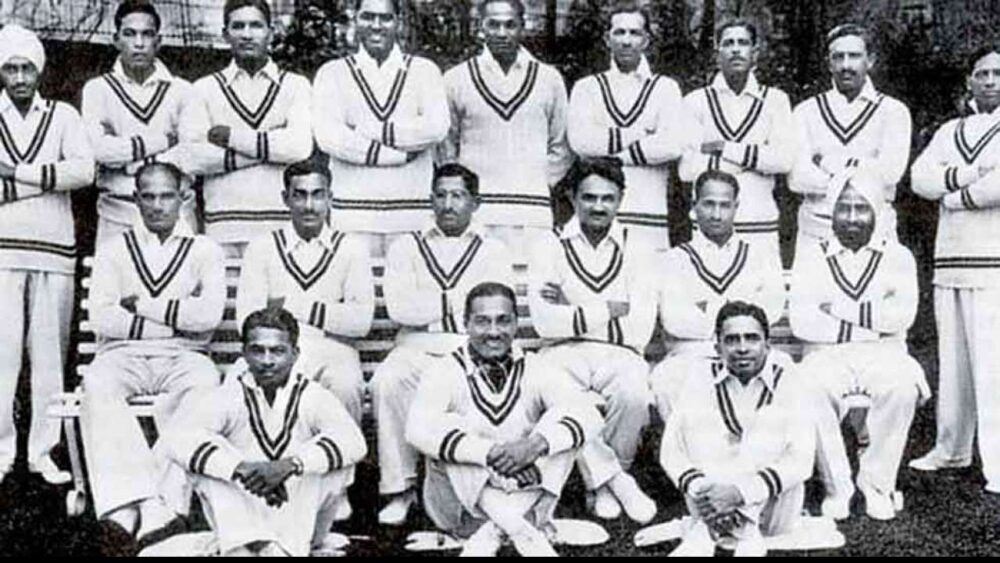
Source: dnaindia.com
To answer the question of how cricket came to India, we have to look at the early era of colonization. The 17th century is often called the Exploration Age or the Colonial Age. It was a century of discovery and maritime trade. And it was also the era when the British Empire began its rapid expansion.
The United Kingdom launched missions of colonization and conquest on almost every continent. They established control over numerous African countries, quite a few Middle Eastern countries, and of course, a number of Asian countries, including India.
It was then that British merchants, sailors, soldiers, officials, and even tourists began visiting the South Asian continent, getting a deeper and deeper knowledge of India. And it was also then that the Indian people became interested in the culture that the British brought with them. Namely, the game called cricket.
During the early years, Indians were not allowed to play cricket with their British colonizers. However, they could observe the game, learn its rules and establish their own clubs. They would play among themselves. The Indian people developed a significant love for the sport, which would not become known until the mid-1800s.
The Start of Cricket in India
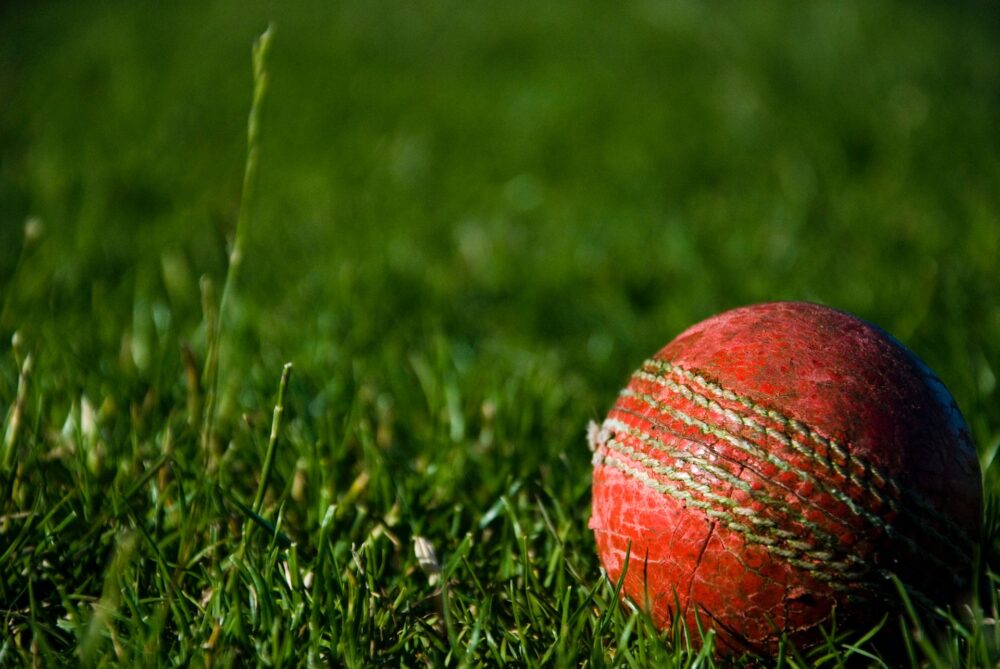
Source: unsplash.com
It was in the 1860s that the first cricket match was played in India. It was a first-class cricket match, played between Calcutta and Madras. Sadly, not many records of it remain, and many people have their own theories on how it all went down. In general, not many records remain of cricket matches from this era. However, this all changes around the early 20th century, when India became a member of the “elite”. It was also during this time that a certain player gained national, and even international acclaim.
Colonel H. H. Shri Sir Ranjitsinhji Vibhaji II (henceforth referred to as Ranjitsinhji or Ranji for simplicity’s sake) was a ruler of Nawanagar, a princely state of India. He ruled between 1907 and 1933. His political career, however, is largely overshadowed by his career as a professional cricketer.
Ranjitsinhji is widely regarded as one of the greatest batsmen, not just of his era, but still today. Due to his level of skill and finesse, the prince was nicknamed the “Midsummer night’s dream of cricket”. He joined the British cricket team and played first-class cricket for Cambridge University. Ranji’s success on the field served as inspiration for many Indian men and boys, who had dreams of becoming professional cricketers, and still, today he is venerated by cricket players from all over the world as one of the greatest of all time.
Cricket in India Today
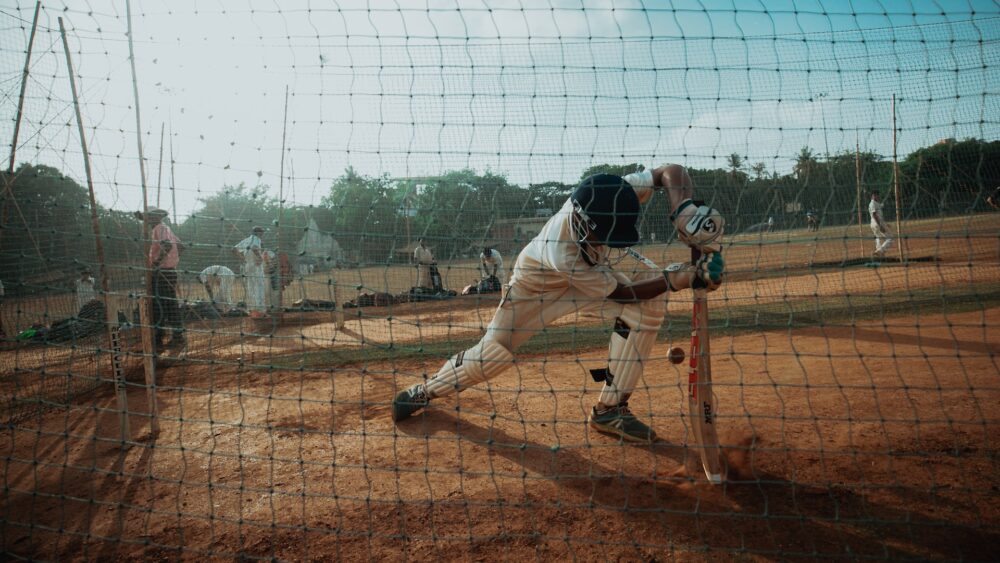
Source: unsplash.com
In 2024, India is considered one of the top competitors when it comes to international cricket. The Indian team holds numerous top-tier rankings at all three major cricket formats. For those who are unaware, cricket is played in three formats today. Test cricket, One Day International cricket and Twenty20 International Cricket.
The Indian team holds the number 2 spot in Test cricket today, only behind Australia. Test cricket is the most commonly played and known format of cricket. When the average person talks about cricket, they are likely speaking about Test cricket. With over 3000 points, India’s rating is 114, ahead of England, Pakistan, New Zealand, and many other countries where cricket is massively popular.
When it comes to One Day International (ODI) cricket, England comes ahead of India, as it holds the number one spot. However, India is not far behind, ranking in the top three, behind New Zealand (that holds the 2nd rank). In ODI cricket, India has 3400 points and a rating of 111.
Lastly, we come to Twenty20 Cricket (T20I), in which India is the undisputed champion. With 13,000 points and a rating of 268, India holds the number one ranking, standing over the competition. The Indian team is followed by Pakistan and England, who hold the 2nd and 3rd rank respectively.

